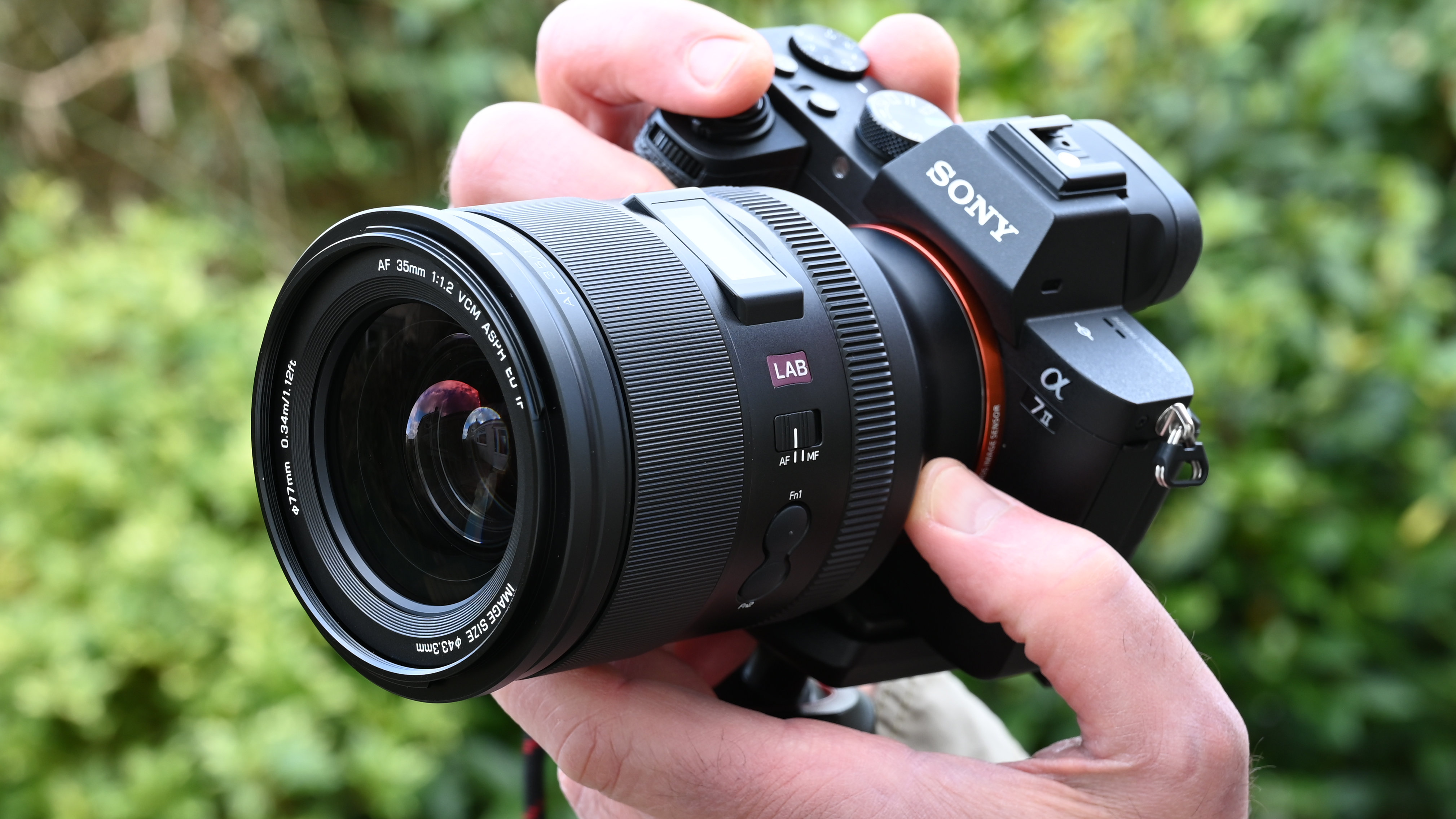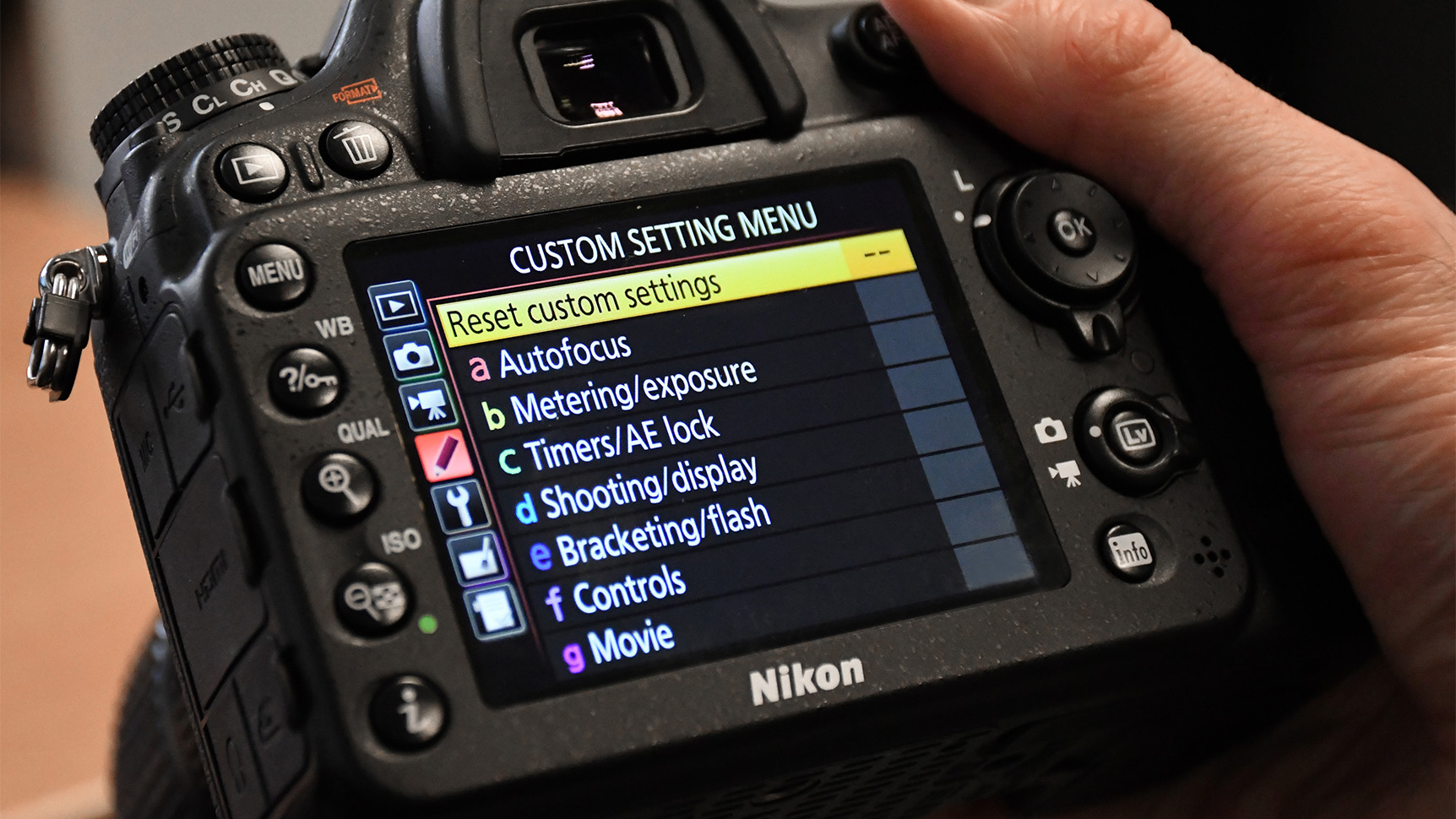
If you've just got a new camera, then lucky you! But when you're confronted with a box full of gear, cables and paperwork, where do you start?
Don't worry – the following guide will help you understand your camera and give you a few pointers as to what you should do straight away.
This guide is also packed with links to other buying guides and tutorials that will help you get up, running and taking great pictures, so make sure that you fully explore it!
1. Check out what's in the box
Your camera is probably factory sealed so there's not likely to be anything missing, but it's good to know what's there and what you'll need first. So typically you will have:
• The camera (duh!). This will have a body cap fitted over the lens mount – don't lose this because sooner or later you will need it again.
• The lens. If you bought a DSLR or a mirrorless camera as a kit, the lens will be in the box but not attached to the camera. The lens will have a rear cap – don't lose this.
• Battery: Sometimes this is already in the camera, but usually it's packed separately in the box.
Get the Digital Camera World Newsletter
The best camera deals, reviews, product advice, and unmissable photography news, direct to your inbox!
• Charger/cable: Not all cameras come with chargers these days. Many now charge via USB, so you may just get a USB cable which you will have to plug into a USB charger of your own, or a laptop or computer.
• Other cables: There may be other cables that you don't need right now, especially if you use a card reader to transfer images to your computer not a direct cable connection. Keep them anyway, just in case!
• Memory card? Probably not! Sometimes a retailer will bundle a memory card with a new camera, but it will be packed separately. As a rule, with new cameras you're expected to supply your own memory card.
• Quick Start guide: It's rare to get a full size printed manual with a camera these days (these are usually made available online), but there will usually be a quick start leaflet – which will probably tell you much of what we're about to say!
2. Charge the battery
This is a bit of an obvious one but, when you first get a camera, the battery may not be charged at all or only have a small bit of charge, so the first thing to do is get the battery charging while you get on with other stuff. The battery may already be inserted in the camera, but usually it's packed separately and you'll have to put it in yourself. It will either be charged in-camera via a USB cable or inserted into a separate charger supplied with the camera.
3. Write down the serial number
It's always a VERY good idea to write down the serial numbers of your camera and lens(es) and put them somewhere safe – storing them as an entry in the phone book on your mobile is one idea.
This is important for a number of reasons, such as completing your camera's warranty, and identifying your camera should the worst happen and it gets lost or stolen.
The serial number may also be needed to download software or other benefits from the camera maker. For example, Canon owners need their serial number to download the free Canon Digital Photo Professional software.
4. Download the manual
Most of us are guilty of getting a shiny new gadget out of its shiny box and never giving the manual a second glance. Delve into this manufacturer's guide, though (you don't have to read the whole thing!), and you'll often find hidden features tucked away that you didn’t know your camera had.
Some of it will be obvious, but an hour spent reading everything that your new camera can do will not just help you master the controls – discovering its less obvious features will make you more adventurous with your photography.
These days you will usually download the manual as a PDF document from the manufacturer's website, often in the 'Support' or 'Downloads' section.
5. Format your memory card
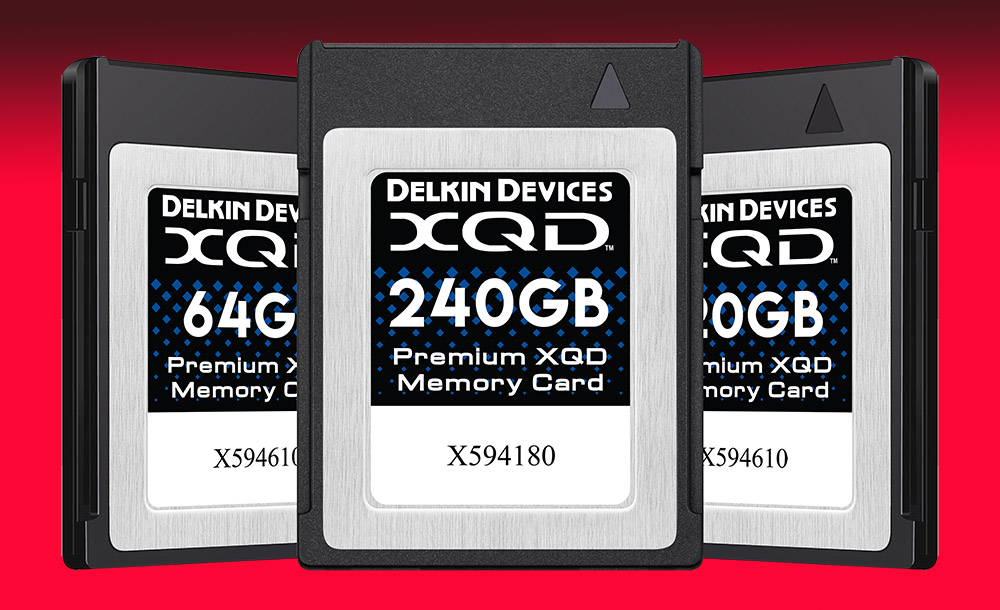
If your camera is supplied with a memory card it will almost certainly be pre-formatted ready for use. It's more likely, though, that you'll need to use/supply your own memory card, and if it's previously been used in another camera it's a good 'idea' to 'Format' it your new camera.
Formatting the memory card you put into your camera is one of the first things you should do before anything else. You don't actually need to do this, but it ensures that the card is optimized to work with the specific camera you are using – and deletes any existing files created by other devices on the card.
You will also always need more memory, though, so it's definitely worth checking around for the best memory card – and finding the best memory card reader is also a must.
6. Start taking pictures!
Obviously you want to check your new camera is working as it should and what the various controls do. Don't worry about mastering every feature straight away – just set it to 'P' or 'Auto' mode and start shooting.
Go and take lots of pictures – of lots of different subjects – even if it is just around your house. This will help you familiarize yourself with the camera and the controls. As renowned French street photographer Henri Cartier-Bresson once pithily said, "Your first 10,000 pictures are your worst," so you might as well get those ones out of the way as soon as you can!
7. Use the histogram
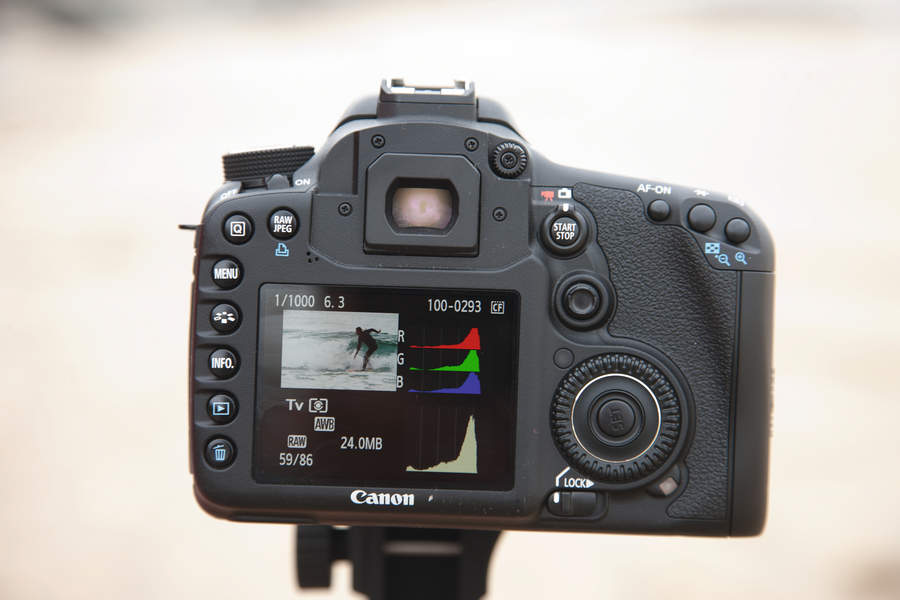
Once you've got some shots under your belt and got a feel for your new camera, you might want to try out some more advanced exposure techniques, and for this it's really useful to find out how to display the histogram on your camera. This graph is often hidden away as a menu option, but learning how to use a histogram is one of the most useful aid available to help you master exposure.
We have lots of photography tips videos to get your started on your photographic journey!
8. Go manual
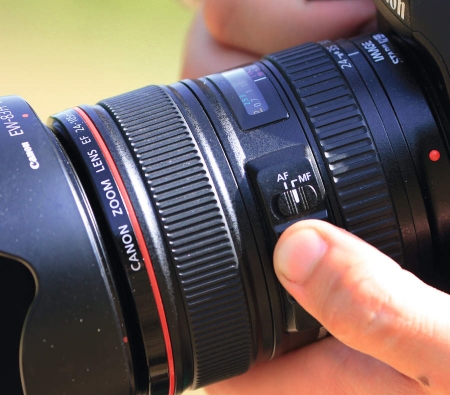
It's fine to leave your new camera in its fully automatic mode at the start, but trying your hand at the manual controls will open the door to more creative possibilities. Whether you delve into aperture priority, shutter priority or go for full manual, you can teach yourself by trial and error and eventually come out the other side a better photographer.
And if you want to go really old school, learn how to master manual focus to take total control!
9. Get some camera cleaning kit
There is nothing worse than having a fleck of dust, a smudge or fingerprint on the lens when you are trying to take a great photograph. To remedy this, there are many camera cleaning kits available. While a smudge or two may feel like a trivial thing, dirt can be a real camera cleaner so learning how to clean your camera is essential.
Beyond cleaning the lens, it's also worth knowing how to clean your camera sensor. It's definitely a more advanced procedure, but much cheaper than sending your camera in to be serviced – so make some time to check out the best camera sensor cleaning kits too.
10. Get a camera bag
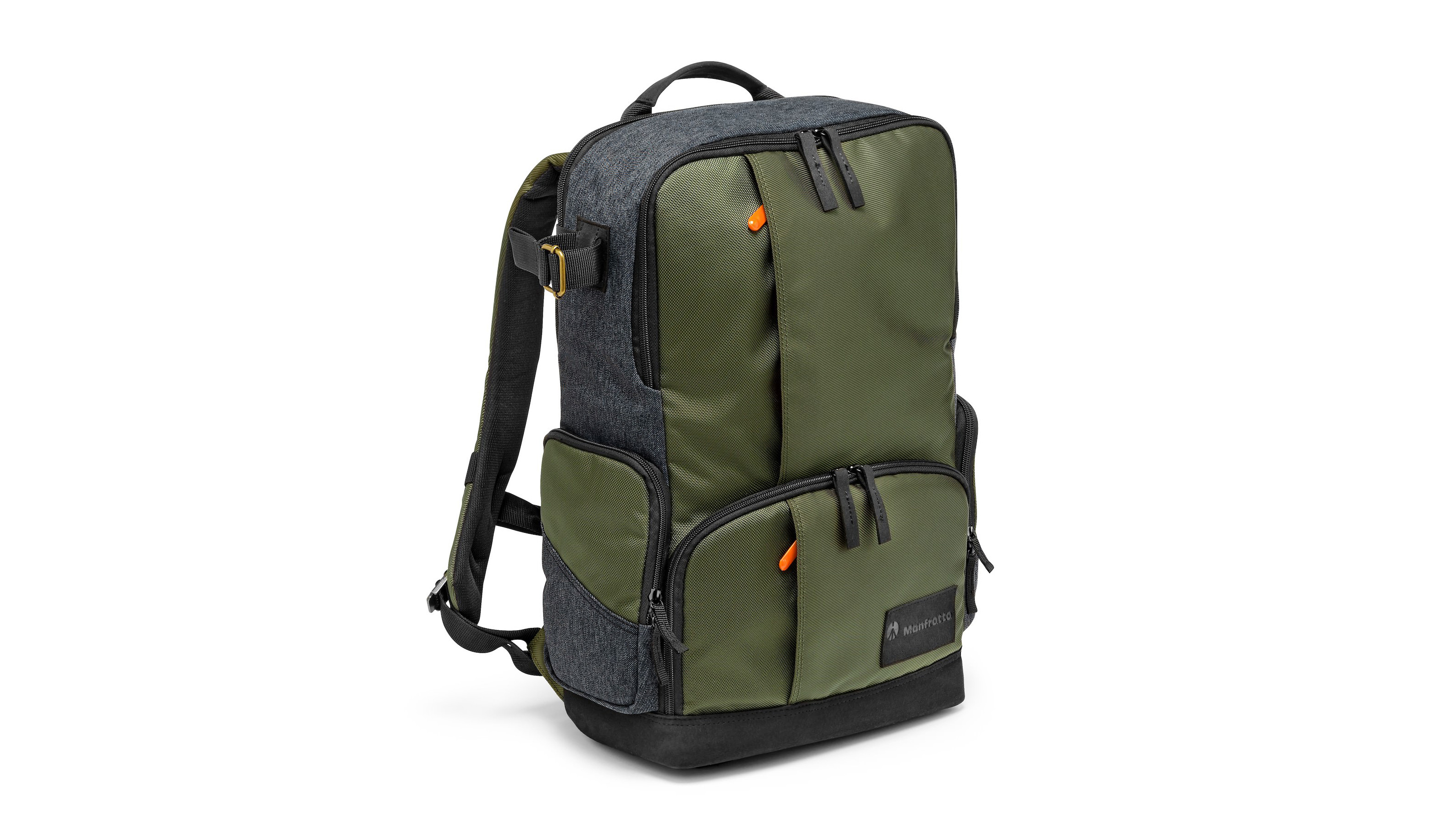
As much as you should keep your camera clean, you should also look to protect your camera from the elements in the first place with a decent camera bag. The best camera bag ranges from being durable to being completely weatherproof. However protective you need your bag to be, though, the most crucial thing is to make sure that you get one big enough to fit your camera and the additional lenses and accessories that you will acquire.
Read more:
• Best photography and camera accessories
• Best photo editing software
• Best laptops for photo editing
Digital Camera World is one of the leading authorities on camera and photography news, reviews, techniques, tutorials, comparisons, deals and industry analysis. The site doesn't just specialize in cameras, but all aspects of photography, videography and imaging – including camera phones, gimbals, lenses, lighting, editing software, filters, tripods, laptops, printers, photo books, desks, binoculars and more.
Whether you're using, looking to buy or trying to get the most out of a compact camera, action camera, camera drone, cinema camera, beginner camera or professional camera, Digital Camera World has a roster of experts with combined experience of over 100 years when it comes to cameras, photography and imaging.

